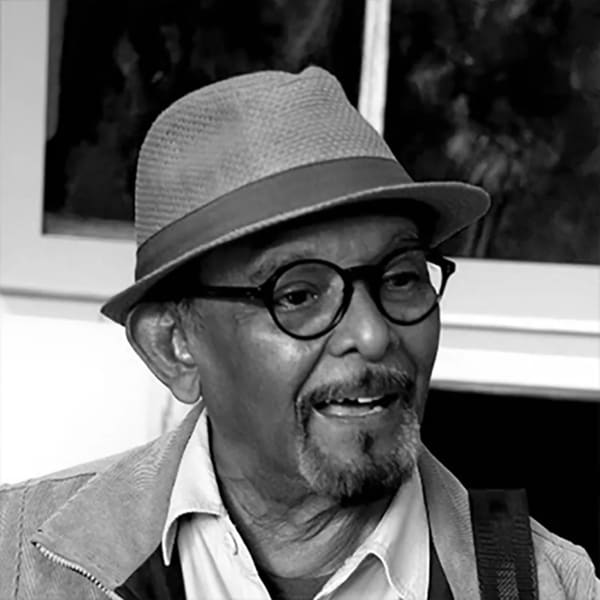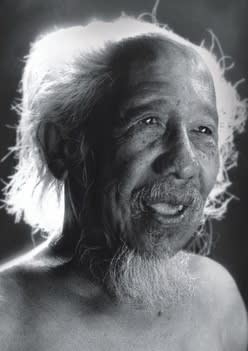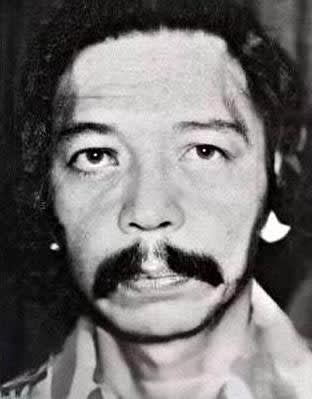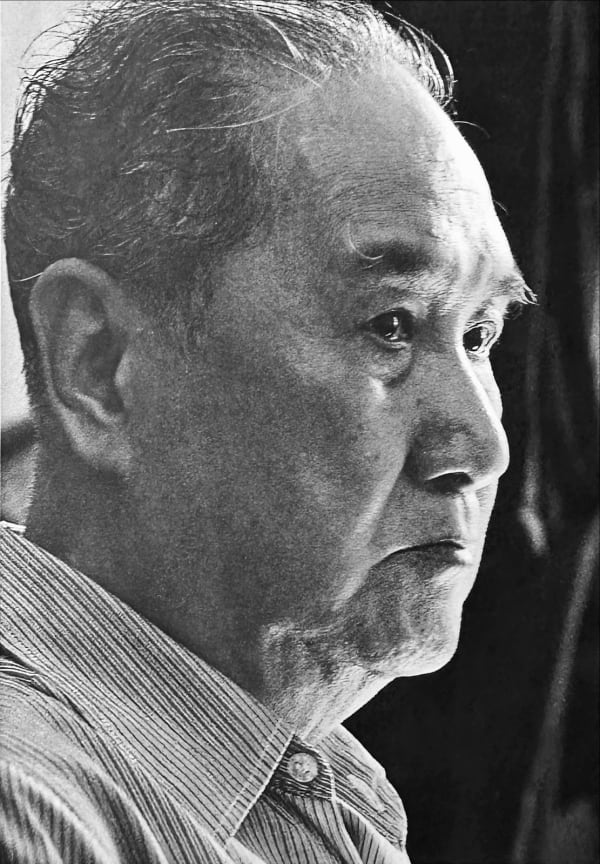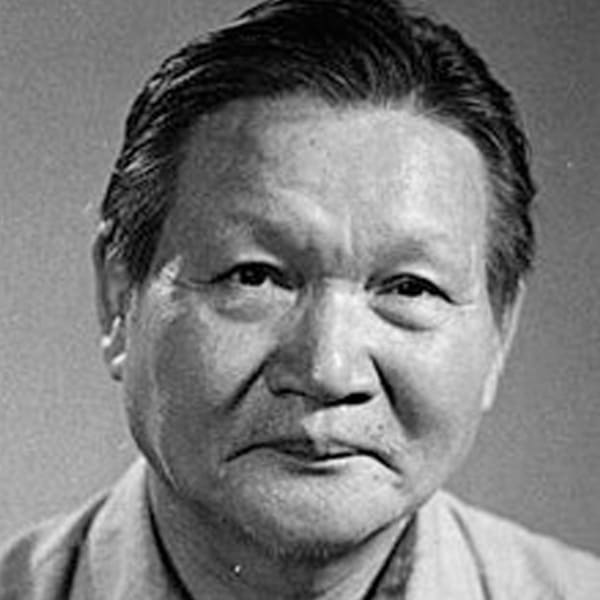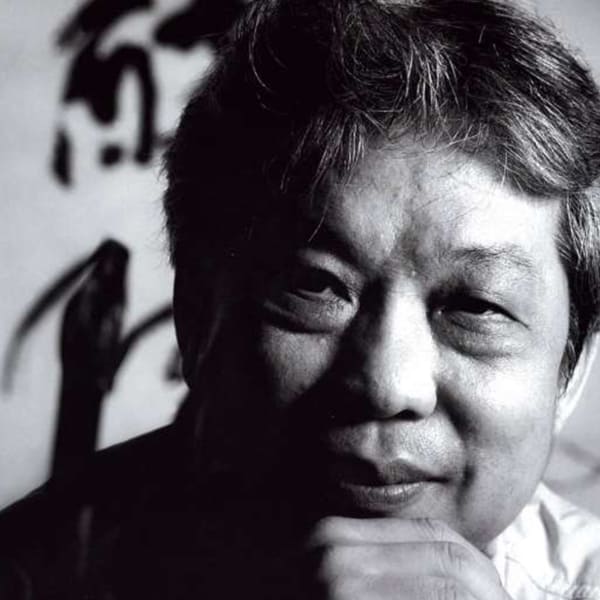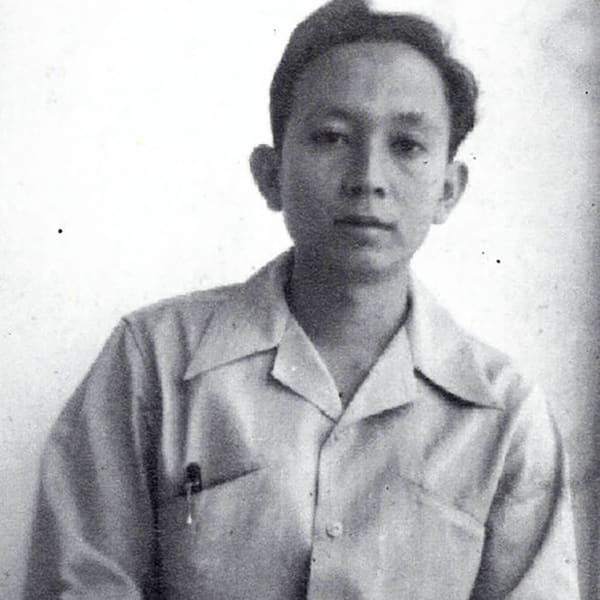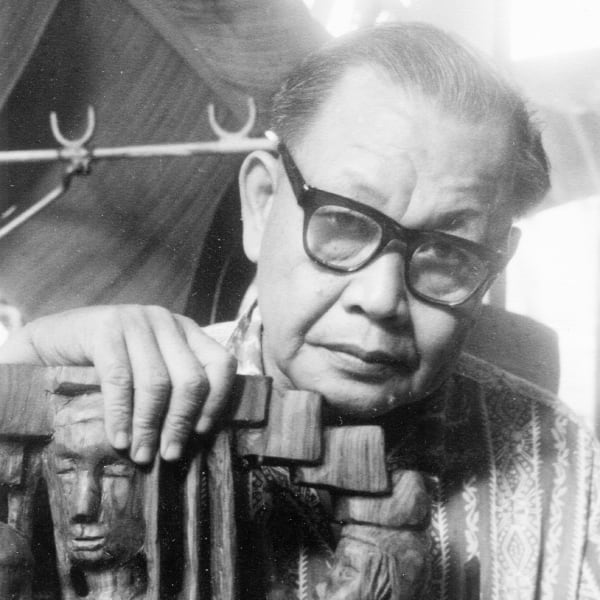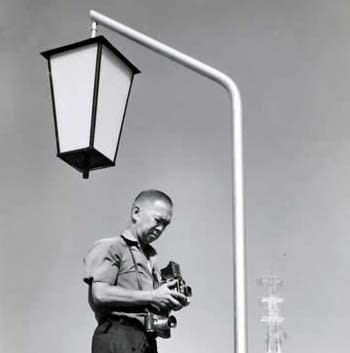Working mainly in the secondary market, AASEA forges strong relationships with artists, artist estates and collectors in the region and beyond to promote the art of the modern and post-war eras from the 1930s to the 1980s.
-

A.D. Pirous
-

Affandi
-

Ahmad Sadali
-

But Mochtar
-

Chen Wen Hsi
-

Cheong Soo Pieng
-

Chua Ek Kay
-

Fadjar Sidik
-

Handrio
-

Brother Joseph McNally
-

Kurt D. Peterson
-

Liu Kang
-

Mai Trung Thu
-

Nashar
-

Popo Iskandar
-

Shui Tit Sing
-

Srihadi Soedarsono
-

Umi Dachlan
-

Vincent Hoisington
-

Vu Cao Dam
-
Wanti Amelia
-

Yip Cheong Fun
-

Zaini
